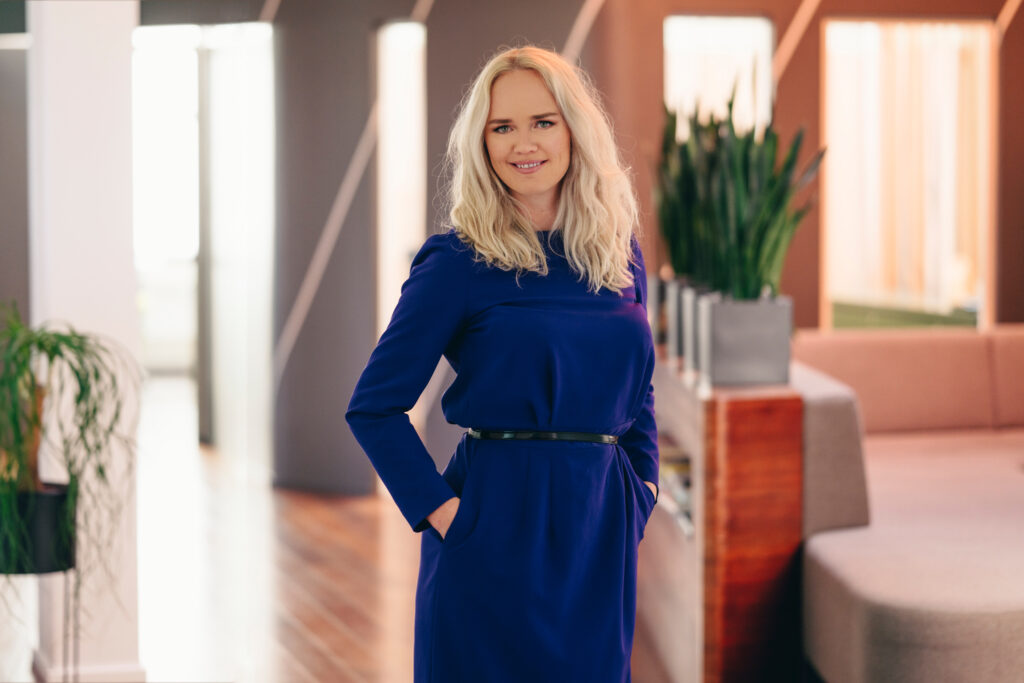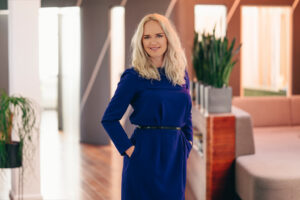LinkedIn and personal branding are not exactly the same, but using the platform wisely can significantly enhance your expert image.
There are very mixed opinions about LinkedIn. Some see it as one of the favourite platforms for self-admirers, where people can freely talk about their achievements, completed courses, micro-degrees, and being named Employee of the Year. As a result, many people tend to stay away from LinkedIn.
However, some consciously use LinkedIn to strengthen their brand, sell their company’s product or service, and position themselves as opinion leaders.
The difference between these two groups lies in the content: some talk about themselves, while others focus on what is valuable to their audience. Shameless self-promotion should be left in the past because the platform can be used much more skillfully.
Where to start with LinkedIn content creation and how?
1. Decide what you want to be known for
Your personal brand is what people say about you when you’re not in the room. It all starts with your skills, values, and how people perceive you. We all have a personal brand, whether we’ve worked on it consciously or not.
The good news is that you can shape your personal brand yourself. Ask yourself: what do you want to be known for? Positioning yourself as an expert is challenging, and you should first clarify your expertise. Think about what you want to convey to people. Why should they trust you? What results have you already achieved? What have you learned in the process? A unique personality certainly gives you an edge.
2. Who is your audience?
Next, define the target group you want to reach as precisely as possible. Are they marketing managers, engineers, or developers? After determining your audience, think about their current challenges so that your content can help them be more successful in solving their problems. Understanding your audience is a prerequisite for creating valuable content, and understanding begins with active listening.
To create good content, it’s essential to understand your audience’s pain points, goals, problems, and opportunities. Only then can you start creating high-quality content.
3. Be original
Whatever you do, don’t forget that artificial statements don’t yield results. Be authentic! Real people, real stories, including mistakes and failures. Be brave enough to talk about them. Those who succeed on LinkedIn have found their unique voice and know how to tell a story.
It’s easy to tell when people take the path of least resistance and rely entirely on AI for their content creation. I’m not talking about using ChatGPT to bounce ideas around or getting a language check on a post. That’s entirely welcome and helps create more robust content. But it’s best to avoid bureaucratic language, awkward expressions, empty sentences, and even more so, AI-generated comments.
4. Write as you speak
Remember that social media posts don’t need to be long and complex. They should be easy for your audience to understand without effort. The clearer the message, the quicker it resonates. Remember that people’s attention spans are getting shorter, so avoid writing long and rambling texts. Try to break down your content and use LinkedIn’s article format for longer pieces.
5. Your profile should reflect the same message
Unclear messages are one of the most significant barriers to LinkedIn profiles and content not working. Optimize your profile: make sure it reflects what you want. Does your audience understand what you’re offering? Check your profile picture, and pay attention to your headline and banner. Use all available options to showcase your experience, especially the “About” section, where you can summarize your story comprehensively.
6. Consistency is key to success
Many people give up on LinkedIn after three to four months of trying. Give yourself time to succeed. Building a LinkedIn following takes time. Be consistent and stay visible, both in posting your content and commenting on your followers’ posts.
5 most common mistakes people make on LinkedIn
LinkedIn has long been a well-known platform for recruiters and job seekers. Still, in recent years, the platform has gained popularity among business people looking to build their credibility, develop a personal brand and share ideas about their work field. However, the growing amount of content also brings typical mistakes into sharper focus. What are the most common mistakes on LinkedIn content creation, and how to avoid them?
Companies encourage employees to share company news on personal LinkedIn accounts to build employee advocacy. This is a justified tactic, as employees’ posts attract eight times more views and engagement on the platform than corporate (i.e. official company account) posts.
Unfortunately, many organizations have not yet taken the opportunity to create brand ambassadors on LinkedIn or given their employees the knowledge and resources to make the most out of their profiles. However, poorly thought-out content is created without understanding the basics of the platform. The mistakes can lead an individual or company further from their ultimate goal and reduce users’ trust.
5 MISTAKES TO AVOID:
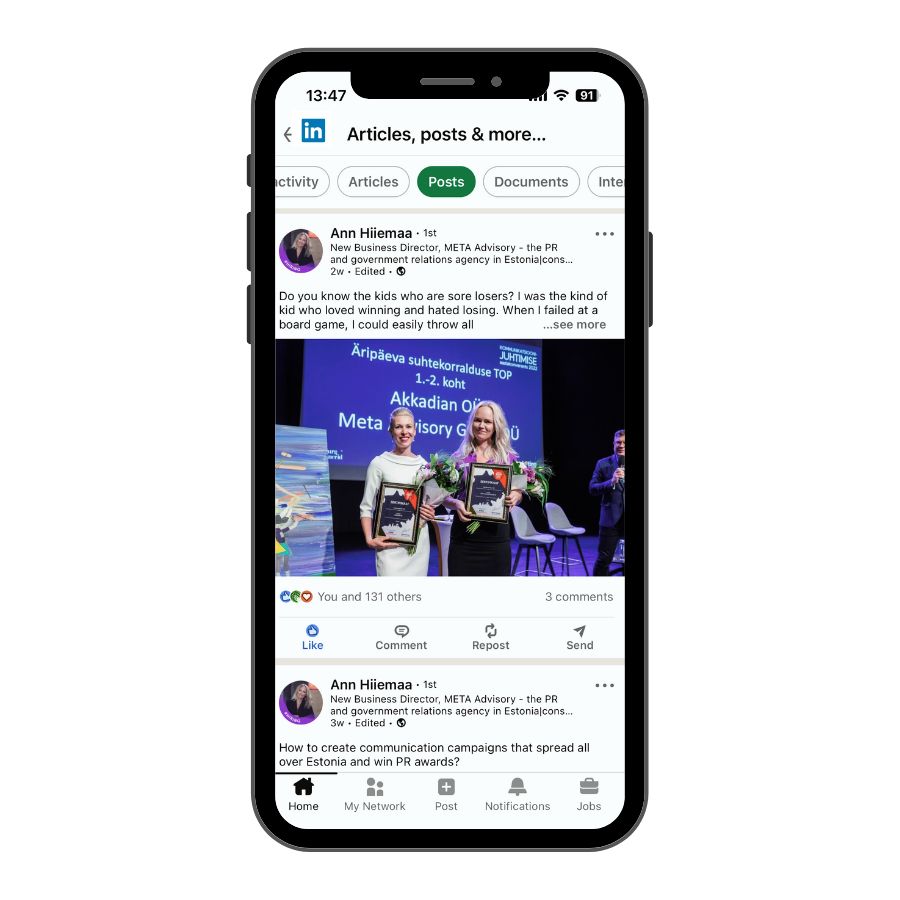
1. Not setting a goal
LinkedIn is used for various purposes: finding investors, expanding social networks, building a personal brand, staying up to date with industry news, and finding work partners. It is easier for ambassadors to get the most out of the platform if their aim is precise and they know where they are going with their profile. Take time to think about why you chose to create an account and how to support your career building.
2. Targeting the wrong audience
Targeting is the basis of almost all marketing activities. We need to know our audience to create hard-hitting messages that will help address the pain points of our intended audience. LinkedIn allows us to get as specific as possible with our target audience, explore different profiles and identify the issues that people in a particular field or sector might have. Defining the audience is also essential for expanding your list of connections – if the goal is to find investors, there’s no need to add engineers who are unlikely to be interested in the content you share.
3. Unfinished profile
On LinkedIn, it is possible to distinguish between passive and proactive content. While proactive content refers to posts one creates on a profile, passive content can be defined as all the information on a user’s profile relevant to the target audience – from the cover photo to work experience. For many, a profile is the equivalent of a CV, but this is not quite the case.
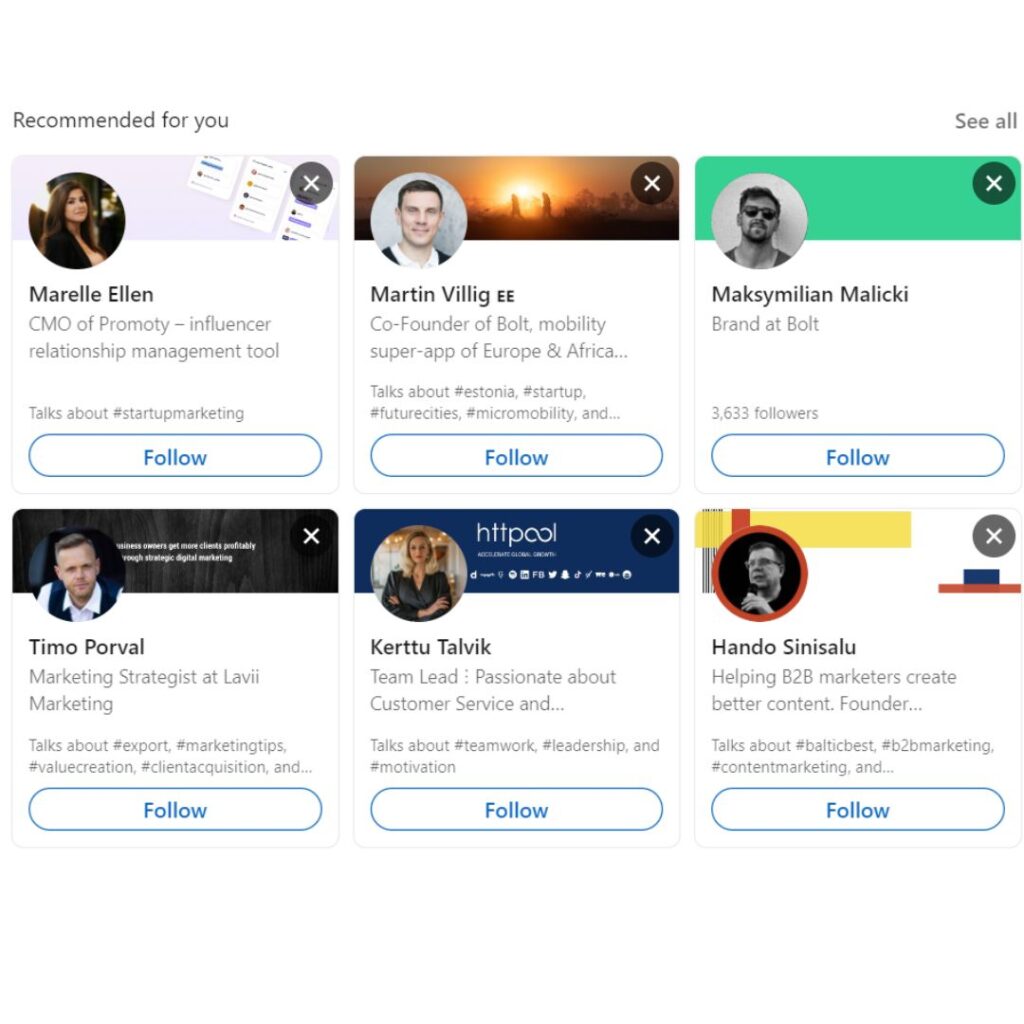
A profile allows everyone to tell their story and speak to their target audience without being too pushy or sending private messages. The critical elements of a profile are the headline and about sections, which describe to the target audience exactly how the profile owner helps them, gets results for them, and what are the person’s principles and processes.
4. Lack of a supporting message in posts
Anyone, who has spent a bit of time on LinkedIn, has probably come across posts that seem too vague or lacking in content. While many LinkedIn marketers recommend focusing on quantity, or the abundance of posts, to increase visibility, this can also harm a profile owner, as such content can become tedious and superficial for followers.
If you aim to build a strong personal brand, take time to create meaningful posts, check out the trends in your field, and plan your steps well in advance. It can also be worthwhile for beginners to show their first posts to friends or colleagues – take their honest feedback into account and make the necessary changes before publishing the post.
5. “Connect” vs “Follow” button
One of the latest trends on LinkedIn is converting a regular user-type account into a content creator-type profile. This means that the “Connect” button on a person’s account becomes a “Follow” button instead. It makes sense for content creators with a broader audience to switch from “Connect” to “Follow” to avoid drowning in a sea of friend requests. However, accounts with a smaller following should seriously consider this decision before using the button. On LinkedIn, the connect button lets both parties keep up to date with each other’s news and activities, thus expanding their social circle.
How to really build a personal brand?
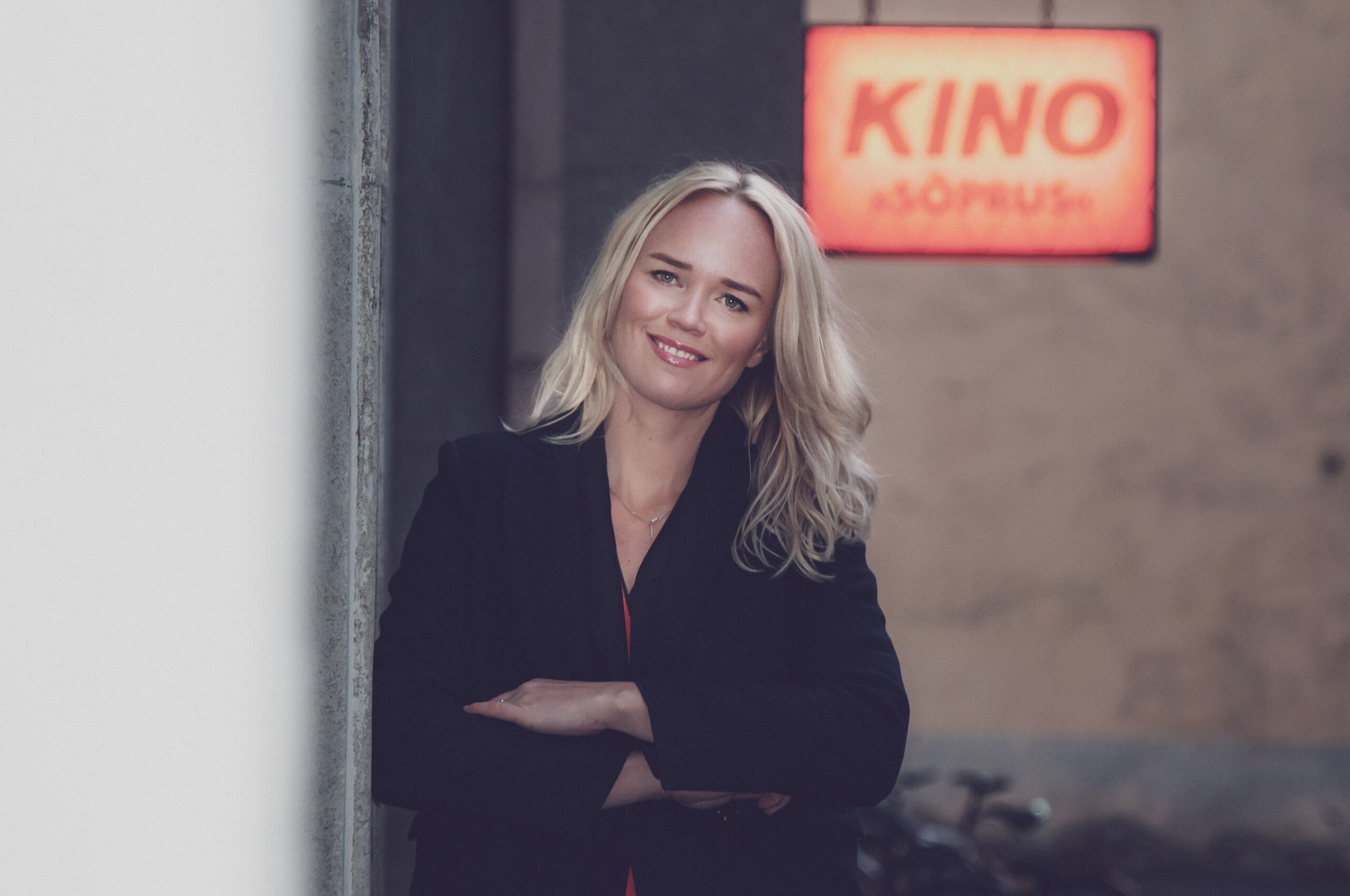
A personal brand is not something that can be artificially created and cultivated. For a personal brand – only authenticity works. Who are you as a person? Who are you as a leader? What are your values? What do you have to say to your followers?
Estonia has only 1.3 million people, and creating a solid personal brand is much easier here than in Silicon Valley, London or Berlin. Yet, for us introverted and shy Estonians, it’s more complex than for others.
As Estonians, we want our work to speak for us. We don’t want to brag about our triumphs or talk openly about our failures or burnouts. If somebody notices us, that’s good; if they don’t, we need to work harder.
Unfortunately, it doesn’t work like that in today’s world anymore. To succeed, you need to build your own personal brand and network to get your message across to the people who matter – potential customers, employees or even investors. A strong personal brand can be the key to business development, recruitment and company growth. But it all needs to be strategically managed.
“A personal brand is not just about self-promotion or being visible online and at conferences.”
Where do you start to build a personality brand?
1. Start with yourself. A personality brand is what people say about you when you haven’t even entered the room yet. What do you want to be known for in particular? A personality brand is not just about self-promotion or being visible online and at conferences. It starts with how you define yourself as a person and what your values are. Creating a personal brand takes work. You need to be knowledgeable in something. Positioning yourself as an expert is hard, and it starts with the question: what am I an expert in? Think about what you want to communicate to people. Why should they believe you? What results have you already achieved?
2. Who is your audience? It would help if you could define as precisely as possible the target audience that you want to reach first. Are they marketing managers, engineers or developers? Once you have defined the audience you want to reach, consider the most effective channel to get to them. Is it strong opinion pieces in traditional media, conferences, inspiring speeches at universities, LinkedIn posts, or all of the above? Whatever you do, don’t forget that artificial speeches don’t give results. Be genuine! Real people’s real stories – even the missteps and mistakes. Dare to talk about them.
“BE HONEST! REAL PEOPLE’S REAL STORIES, EVEN THE MISSTEPS AND MISTAKES. DARE TO TALK ABOUT THEM. ”
3. What is your story? You have been living it even if you haven’t consciously created your narrative. If you’re out of the room, you can guess what people say about you. “They’re an extremely charismatic entrepreneur,” “They’re a great project manager”, or “They’re a genius who creates the best advertising campaigns in our region.” If you don’t consciously create your brand, other people will do it for you. A one-minute pitch or elevator speech is not only important for start-ups. It helps the audience understand your impact and strengths. Develop a clear and concise self-introduction, explaining who you are and how your past skills relate to your current work. What is your mission? What do you value as a person?
4. You create your brand every day. The truth is that everything you do is visible to other people in some way. Whether in real life or online, it affects your personal brand. Treat everyone with equal respect, regardless of their position – be it customer service or CEO. Estonia is too small to be rude to those with nothing to offer you.

NB! Microsoft on loobunud Internet Exploreri arendamisest ning sellele uuenduste tegemisest ja ei soovita antud internetibrauserit turvanõrkuste tõttu kasutada. Internet Explorer ei toeta enam uusi võrgustandardeid ning antud veebilahendus ei tööta siinses brauseris korrektselt.
Palun lae alla mõni moodne veebilehitseja:
The website uses cookies. Cookies are required for your convenience and web statistics. By continuing to use the website, you agree to the terms of the privacy of cookies! You can see the terms of the privacy policy in here.
